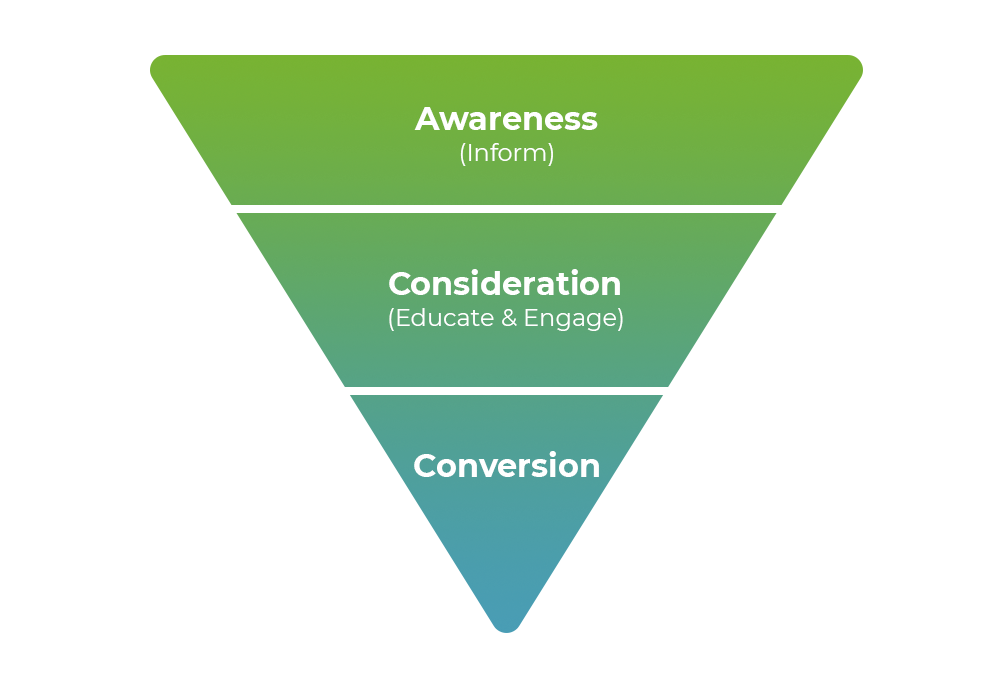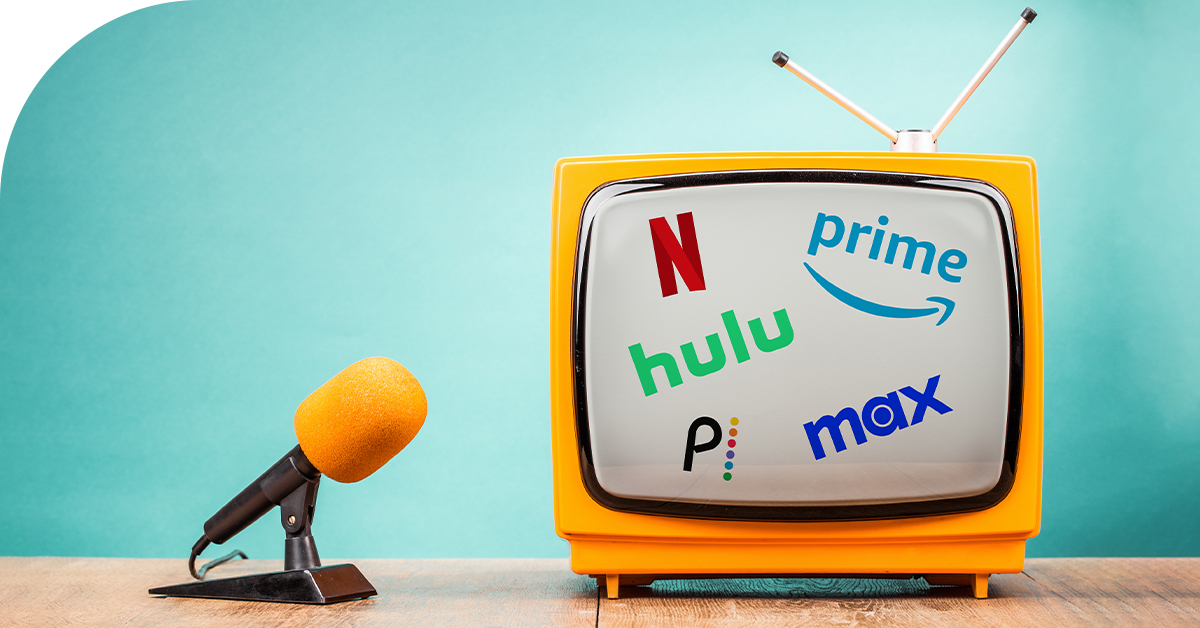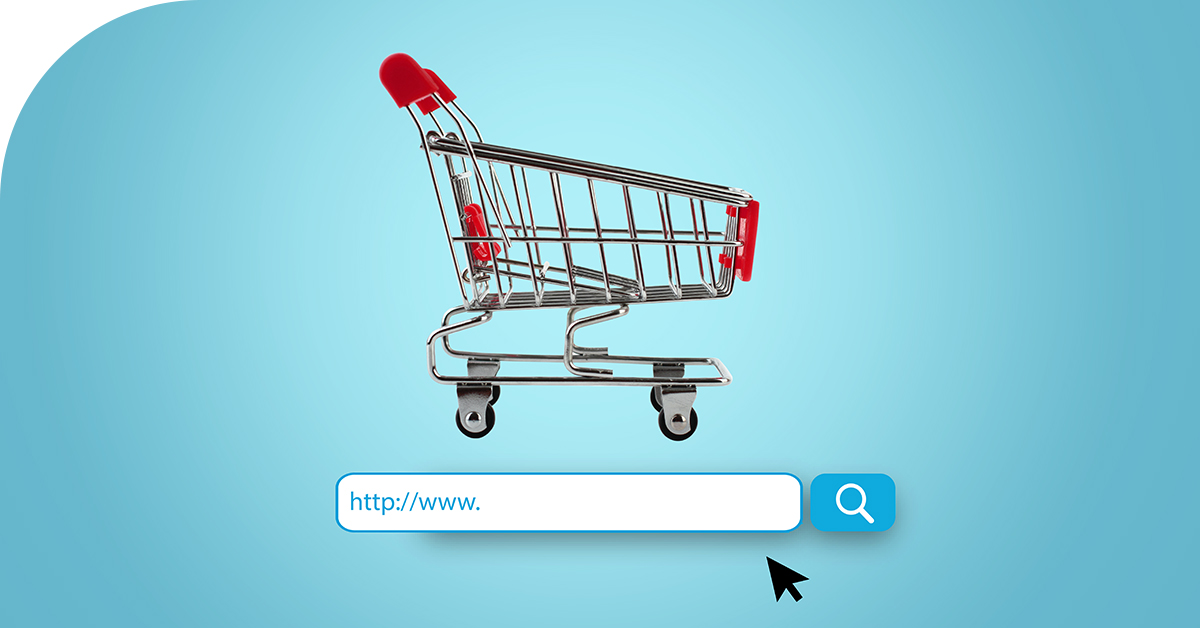The marketing funnel is a modern way to visualize the process of turning brand awareness into leads and leads into converted customers. By coordinating multiple marketing efforts and messages to work together, a full-funnel strategy moves customers from one stage of the buyer’s journey to the next and targets the most qualified audiences with more refined messaging as they get closer to the conversion stage.
When businesses attempt to split their marketing efforts between high-level brand-building campaigns and separate user action-focused campaigns they overlook the value of each stage in the funnel and judge marketing success only on sales-heavy metrics.
Jump to:
What is a full-funnel marketing strategy?
The stages of the marketing funnel
The value of full-funnel marketing
How to deploy a full-funnel marketing strategy
Evaluating a full-funnel campaign
What is a full-funnel marketing strategy?
This integrated marketing approach treats the funnel as a completely connected flow—one stage driving the success of the next. Creating a full-funnel marketing strategy involves tailoring your marketing messages to the particular stage and mindset a customer is currently in, rather than focusing on making a sale with every contact. It considers the entire customer journey and attempts to nurture relationships and build better brand experiences from start to finish.

Because customers require different channels and messaging at every stage of the funnel, it’s important to adjust marketing strategies accordingly. This strategic approach also carries over to the marketing tactics you use for your campaign, as each tactic has a different objective and goal. By focusing on the entirety of the funnel, you can reach a very broad audience and start to narrow down to the customers that are closest to making a decision over time.
The stages of the marketing funnel
Awareness
The first stage in the marketing funnel is awareness, which has the lowest likelihood of converting. The goal is to reach a broad, general market audience and meet users upstream before they are in need of your product or service. The awareness stage is most frequently overlooked as it often doesn’t directly result in conversions, but the efforts you put into this stage will pay dividends later on.
Awareness marketing efforts familiarize consumers with your brand, helping you stay top of mind when it comes time for purchase decisions. It pushes users to seek out more information regarding your products or services. This phase’s ideal channels and tactics include video and audio advertising on streaming platforms and across the web. Traditional out-of-home and digital out-of-home ads also do a great job of building broad market awareness.
Consideration
The consideration stage is next in the marketing funnel. Customers in this stage are already aware of your brand and are now working to gather more information about your products or services, as well as your competitors’. During this time, they are weighing their options to find the best solution for their needs. Effective channels in this phase speak more directly to questions customers have through paid search, display and social media ads, as well as contextually targeted ads that are natively placed alongside related website content or in email inboxes.
Conversion
Finally, the conversion stage is last. In this stage, the customer is ready to make a decision about where they want to spend their money. This is their highest likelihood to convert after researching their options. The messages you use to reach customers in this stage are highly targeted and customized to their needs. Channels like paid search and retargeted display or native ads work well to reach customers as they are making their decision.
While it may seem the last stage of the marketing funnel is the most important, as it leads to conversions, it is important to remember how the early stages of the funnel influence your ability to convert towards the end.
The value of full-funnel marketing
Perhaps the most important thing to remember is that there are potential customers at different points in the decision-making process at any given time. Some of your most valuable customers could still be unaware of your brand, and they won’t know until you provide them the messages they need to discover it. But not all users are exposed to the full stack of messaging from awareness to conversions. Entry points into the marketing funnel vary across users. For some, they are either first exposed to the brand or re-engaged at the top of the funnel, while other users who already have familiarity of the brand will begin receiving messages at mid and lower funnels.
A full-funnel marketing strategy is powered by the ongoing draw down the funnel, rather than deploying isolated campaigns that may not work for every customer. Consumer behavior and consumption patterns can be unpredictable and shift among demographics. By catering to customers at every stage with messages that are most relatable to them given their online and offline behaviors, you’ll be able to continually drive customers closer to the final conversion action.
How to deploy a full-funnel marketing strategy
In order to deploy a full-funnel marketing campaign, it is important to have the resources needed to achieve relevant messaging and targeting each phase of the consumer journey.
The campaign should be oriented towards a specific overall business goal that marketing is able to achieve. After setting an overarching goal you are then able to set individual goals for each phase of the funnel. Whether it’s drawing customers to your website, allowing them to download relevant content, or having customers request a demo, each phase of the funnel should have a specific and unique goal for customers to achieve before moving on to the next stage.
When setting these goals, it is important to understand who you are trying to reach and what channels or devices they will engage with. There are more ideal channels for each section of the funnel, but ultimately, your customer’s preferences will determine the best methods for achieving conversion goals.
Throughout the journey, targeting should resemble a flow that casts broad market awareness and narrows into highly targeted messages that will drive conversion.
Evaluating a full-funnel campaign
When managing a full-funnel campaign, it can be challenging to evaluate your results and demonstrate the value of brand awareness campaigns before customers reach the lower level of the funnel and convert. The most important thing to remember is that top-funnel channels serve a critical purpose—to fill the lower levels. Lower level conversions will quickly drop off unless the top and middle funnels are attended to and customers are encouraged to move along through the buyer’s journey. The strongest ROI will always be found in the lower-level channels, but those leads and conversions will dry up without new prospects coming from higher up in the funnel.
Finally, it is important to understand the opportunities and gaps represented in the data. Your results will show how your audience interacts with your campaigns and will show you if there are greater opportunities to capture more leads or conversions throughout the funnel. Pay attention to what messages yield the most results and optimize your campaigns around that language or offer. Check to see if all of your audience demographics are engaging with your campaign. Maybe certain channels don’t reach a section of your audience and by targeting them through mobile or another device you could start driving more results. There’s a lot of benefit to understanding experiences in the funnel that may not be working well, so always check to see where audiences are dropping off the campaigns and focus your efforts to improve there.
Shifting your marketing strategy to a full-funnel approach can seem overwhelming before you’ve begun, especially when there is a multi-tiered sales funnel, but it’s actually a simple process that, once integrated, is a convenience. Full-funnel marketing helps brands increase overall ROI with faster and smarter optimization of the sales funnel.
Need more metrics to demonstrate the value of your marketing campaigns? Read about the metrics that translate to marketing campaign performance here.

Katie Harker is Choozle’s Director of Media Strategy. An experienced media planner and buyer, solver of problems, and driver of results, Katie works closely with client’s media execution and emerging opportunities at Choozle. When she’s not at work, you can find her skiing, playing tennis or volleyball, and uncorking a bottle of wine.







